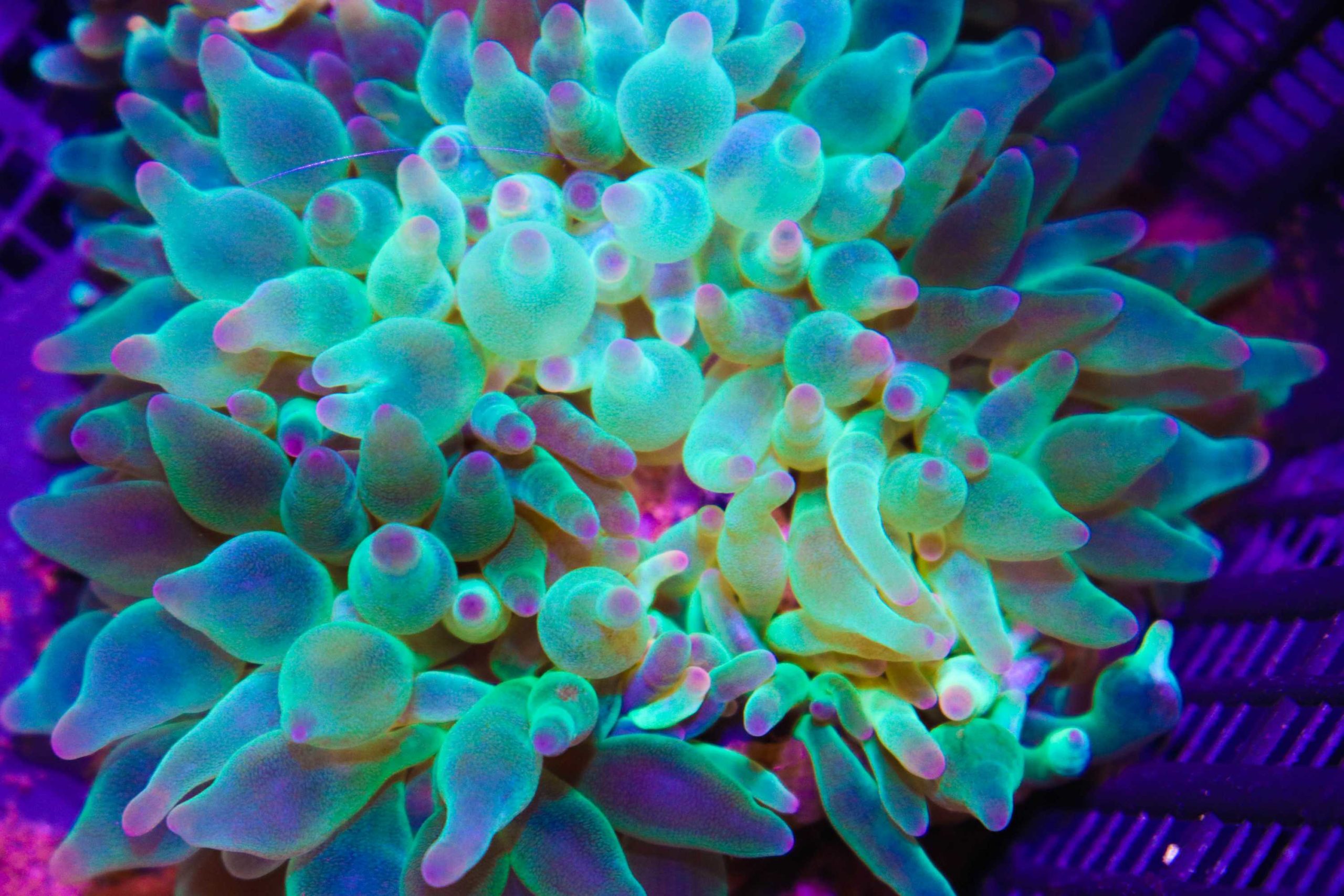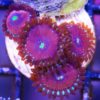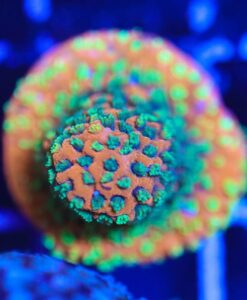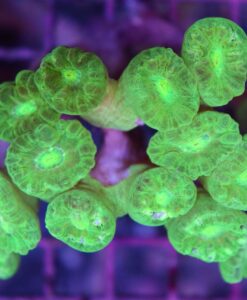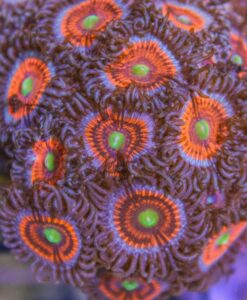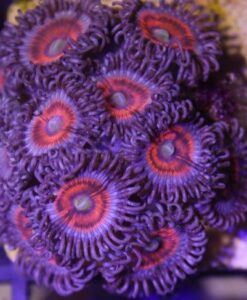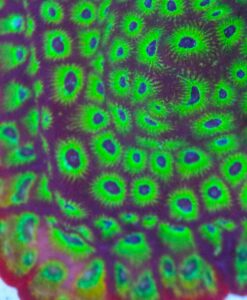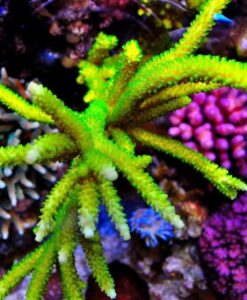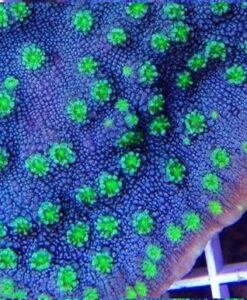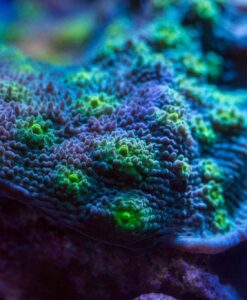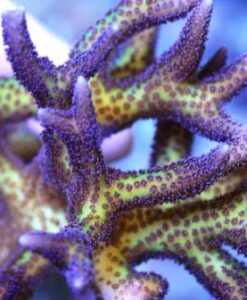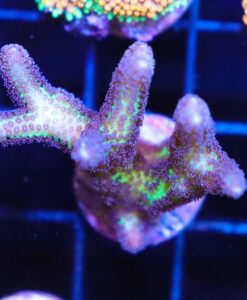Green Bubbletip Anemone
$150.00
Green Bubble Tip Anemone (Entacmaea quadricolor)
Placement: Low to Mid
Light: Moderate
Flow: Moderate
Care Level: Moderate
Compatibility: Semi-Aggressive. Will sting corals
Growth Rate: Moderate
Photosynthetic: Yes
Special Care: Can move within the tank
The Green Bubble Tip Anemone is one of the most recognized and beautiful anemones available for a home aquarium. They have multiple tentacles and, under intense lighting, they will display their trademark bulbs at the end. They grow moderately quickly and can grow up to one foot in diameter, although they generally will stay smaller. There are multiple colour morphs available, with green being one of the most common.
This anemone can be found throughout the Pacific region, with different colour combinations being native to different areas. The Green Bubble Tip Anemone uses a pedal disc to attach itself to rubble rock or sometimes onto the live reef itself. They require a similar environment in a home aquarium and will attach themselves to a crevice in live rock or onto rocks on the bottom of the tank. While an aquarist can choose the initial placement of a Bubble Tip Anemone they will wander the tank to find a desirable place to secure itself. It should be monitored to ensure that it does not move too close to corals that can be stung.
The Green Bubble Tip Anemone requires moderate to high levels of light and moderate levels of flow. Generally brighter lights will bring out more intense colouration. Because it has the ability to move around the tank it will generally find a spot with appropriate lighting and flow. It has a symbiotic relationship with zooxanthellae algae and can obtain the majority of its energy needs from aquarium lighting. However, it should also be fed chopped meaty foods such as squid on occasion. An anemone that appears stringy may be in need of feeding. Larger specimens may also prey on smaller invertebrates that venture too close.
In the wild anemones, including the Bubble Tip, are known for their symbiotic relationship with clownfish. The anemone benefits from leftover food from the clownfish and the clownfish benefits from the protection of the anemone’s stinging tentacles. Clownfish have evolved to not be harmed by these tentacles. While an anemone can be housed without a clownfish, and vice versa, having both in the tank allows the hobbyist to view this unique symbiosis.
Out of stock

